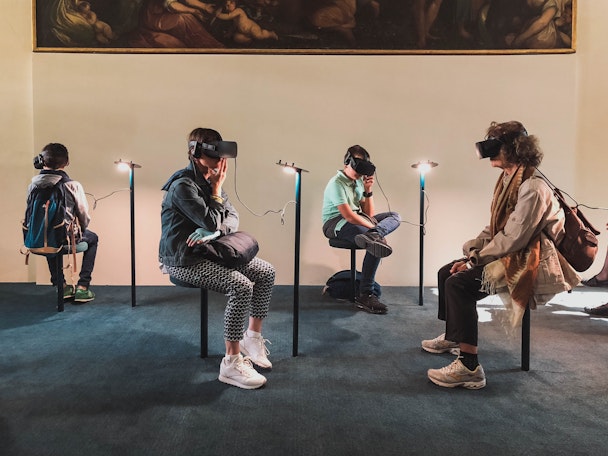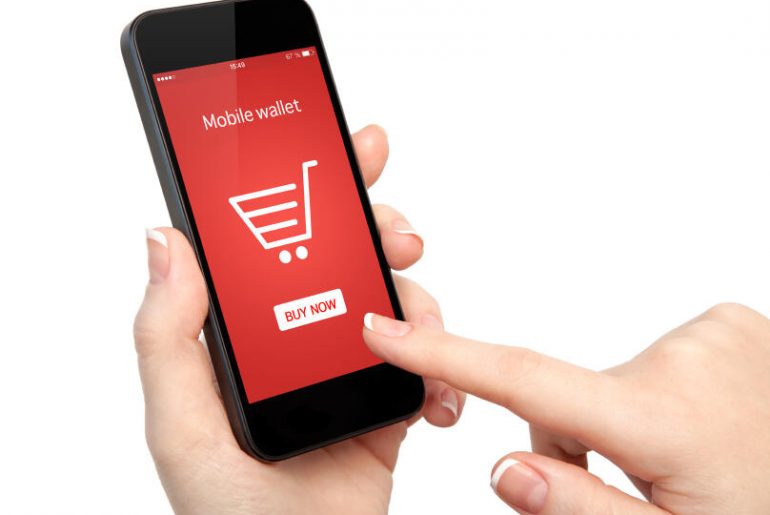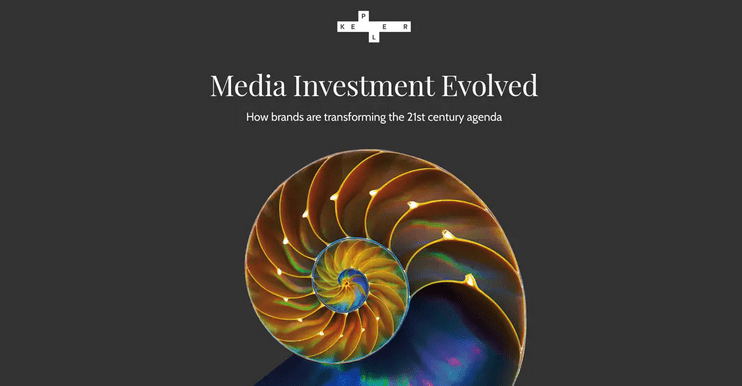Against this conflicting backdrop, marketers seek to balance between tried-and-true, personalized campaigns with novel digital experiences that differentiate their brands.
In contrast to the new customer acquisition strategies of 2021 and early 2022, the rest of this year and next will emphasize a more comprehensive view of the customer to unify cross-functional data to improve customer experience (CX), drive conversions and ensure retention.
New to this year’s Gartner Hype Cycle for Digital Marketing are four key technologies that will help marketers with this renewed focus of integrating customer data to drive innovation: generative AI, emotion AI, digital twin of a customer and customer data ethics.
Here’s how digital marketing leaders can incorporate these crucial technologies into their strategies.
Generative AI: Determine Initial Marketing Use Cases
Generative AI is a disruptive technology that impacts content development, CX enhancement and the generation of synthetic data. It learns from existing artifacts to generate new, realistic artifacts (e.g., video, speech) that reflect the characteristics of the training data without repetition.
In spite of third-party data depreciation, enterprises are still charged with both delivering a strong CX and influencing customer decisions. Generative AI can help marketers identify the core characteristics of customers to then target them with custom content in a privacy-compliant way.
In fact by 2025, Gartner expects 30% of outbound marketing messages from large organizations will be synthetically generated.
We see generative AI take hold in digital commerce; for example, where brands can generate human images for customers to try on clothes or makeup virtually. Avatars and virtual influencers can also engage customers on social media and in the metaverse to provide customer support.
Obstacles in digital marketers’ use of generative AI include potential government hurdles that seek to limit associated research, or the unfortunate reality of the technology being used for deepfakes, fraud and disinformation.
What can digital marketers do? Start by investigating how generative AI techniques benefit your industry and determine initial marketing use cases where you can rely on purchased capabilities or partnerships. Document the opportunities synthetic data could bring in terms of facilitating data monetization and lowering the cost of data acquisition.
Emotion AI: Explore Vendor Capabilities
Emotion AI uses computer vision, audio/voice input and more to translate behavioural attributes into human emotions, helping marketers better personalize digital communications. This is part of a larger trend we call “influence engineering,” which seeks to automate elements of digital experience that guide user choices at scale by learning and applying techniques of behavioural science.
Emotions play a key role in all phases of customer journeys. Access to emotion data delivers insights into motivational drivers that help them test and refine content, tailor digital experiences and build deeper connections between people and brands.
By 2024, 30% of marketers will use emotion AI, up from less than 5% today. Yet privacy concerns remain an obstacle to rapid adoption of many use cases, especially in live situations (versus lab/research environments). Hesitation around the manipulative power of emotion-aware algorithms and potential bias are prevalent, too. To avoid bias when using facial expression analysis, models must be retrained in different geographies to detect nuances due to different cultural backgrounds.
What can digital marketers do? Review vendors’ emotion AI capabilities and use cases carefully in order to enhance customer analytics and behavioural profiling. Appoint responsibility for data privacy in your organization to a chief data privacy officer or equivalent and ensure they work with your chosen vendor to avoid user backlash due to sensitive data being collected.
Digital Twin of a Customer (DToCs): Run Pilots, Establish Trust
A DToC is a dynamic virtual representation of a customer that simulates and learns to emulate and anticipate behavior. DToCs help data-rich organizations provide a more personalized, curated CX to customers, many of whose buying habits have changed due to inflation.
DToC can both transform and disrupt: Privacy and cyber-risk concerns may lengthen the time it takes DToCs to mature. Plus, it’s challenging for organizations to embark on customer data ethics initiatives, which are essential to the success of DToC projects.
What can digital marketers do? Begin by running a pilot and comparing results with and without a DToC and define the benefits to customers and establish trust. Explain how they can control, or cancel, data usage, and eventually integrate DToCs with existing marketing technology systems for maximum utility.
Customer Data Ethics: Be Transparent
It’s clear that AI is a growing force within marketing as techniques for marketing automation and personalization. The public — and marketers — increasingly recognize the tendency of these techniques to amplify biases in customer data used to train them. As organizations expand their focus on privacy and Environmental, Social and Governance (ESG) issues, addressing the ethical challenges of algorithmic marketing practices becomes imperative to keep company practices and values aligned.
What can digital marketers do? Go beyond mere compliance and treat customer data ethics as an ethos that your company publicly shares with all stakeholders. Operationalize the ethical evaluation of all automated decision making and tailor global brand or corporate frameworks to specific geographies, audiences and societies. Establishing and monitoring long-term metrics that tie customer data ethics to economic factors (e.g., ESG ratings and brand equity measures) will ensure the most value is realized.
Conclusion: Determine Value for Emerging Marketing Technology Trends
While investment in such technologies continues apace, digital marketing leaders still grapple with the challenges associated with these powerful yet immature technologies. AI and machine learning (ML) are highly dependent on access to customer data, yet only 14% of organizations have achieved a 360-degree view of the customer. Furthermore, consumer and regulatory concerns about their ethical implications may erode trust among customers.
Digital marketers must take a critical look at each of these technology trends to determine what value they bring to their organizations, especially within the confines of economic headwinds.
By Claudia Ratterman
Claudia Ratterman is a Director Analyst for Gartner for Marketers, based in Los Angeles. She has over 14 years of experience building Social Media Marketing Strategies for billion-dollar brands such as Disney, Tide, Pampers, Olay and Amgen.










